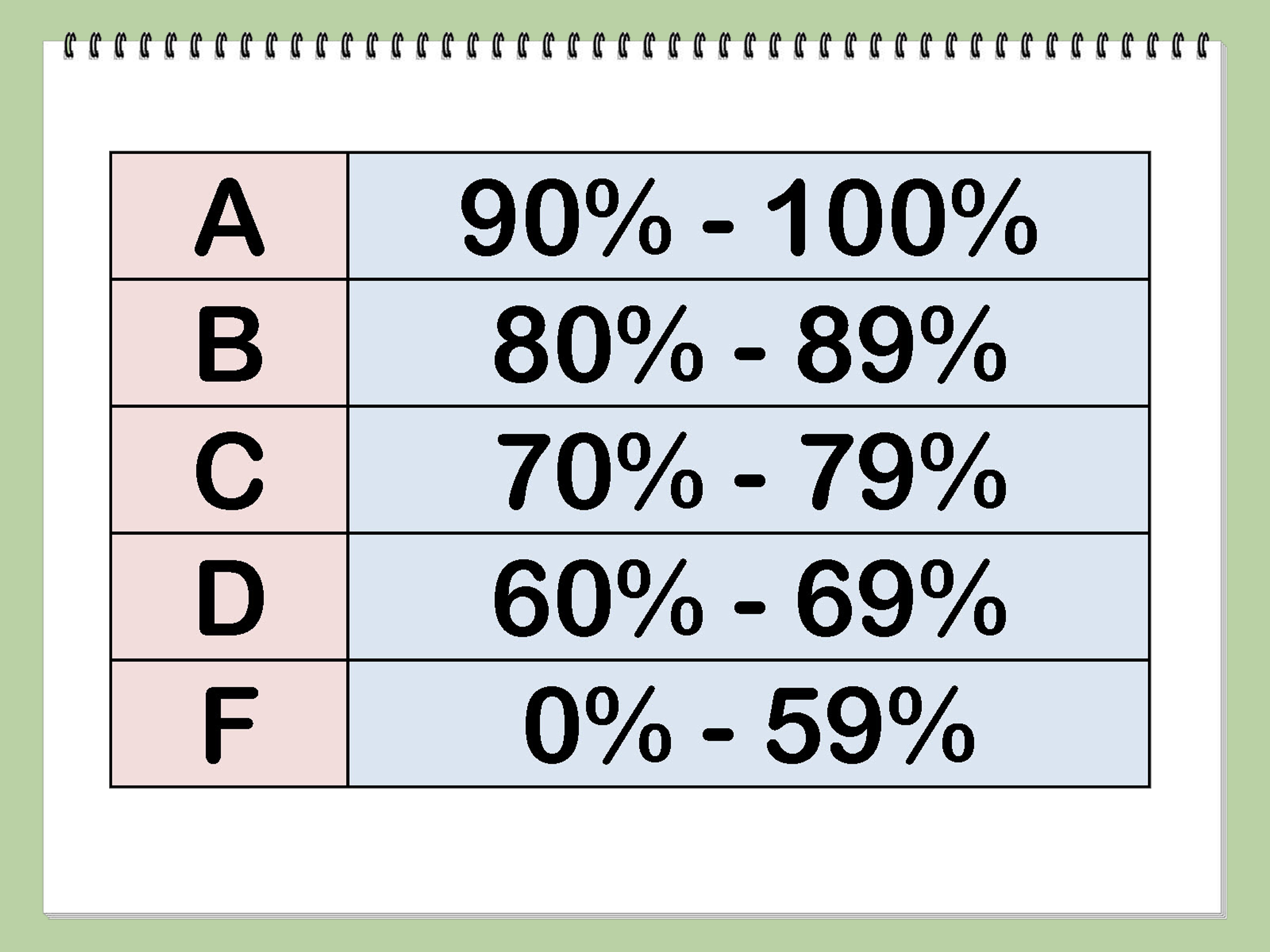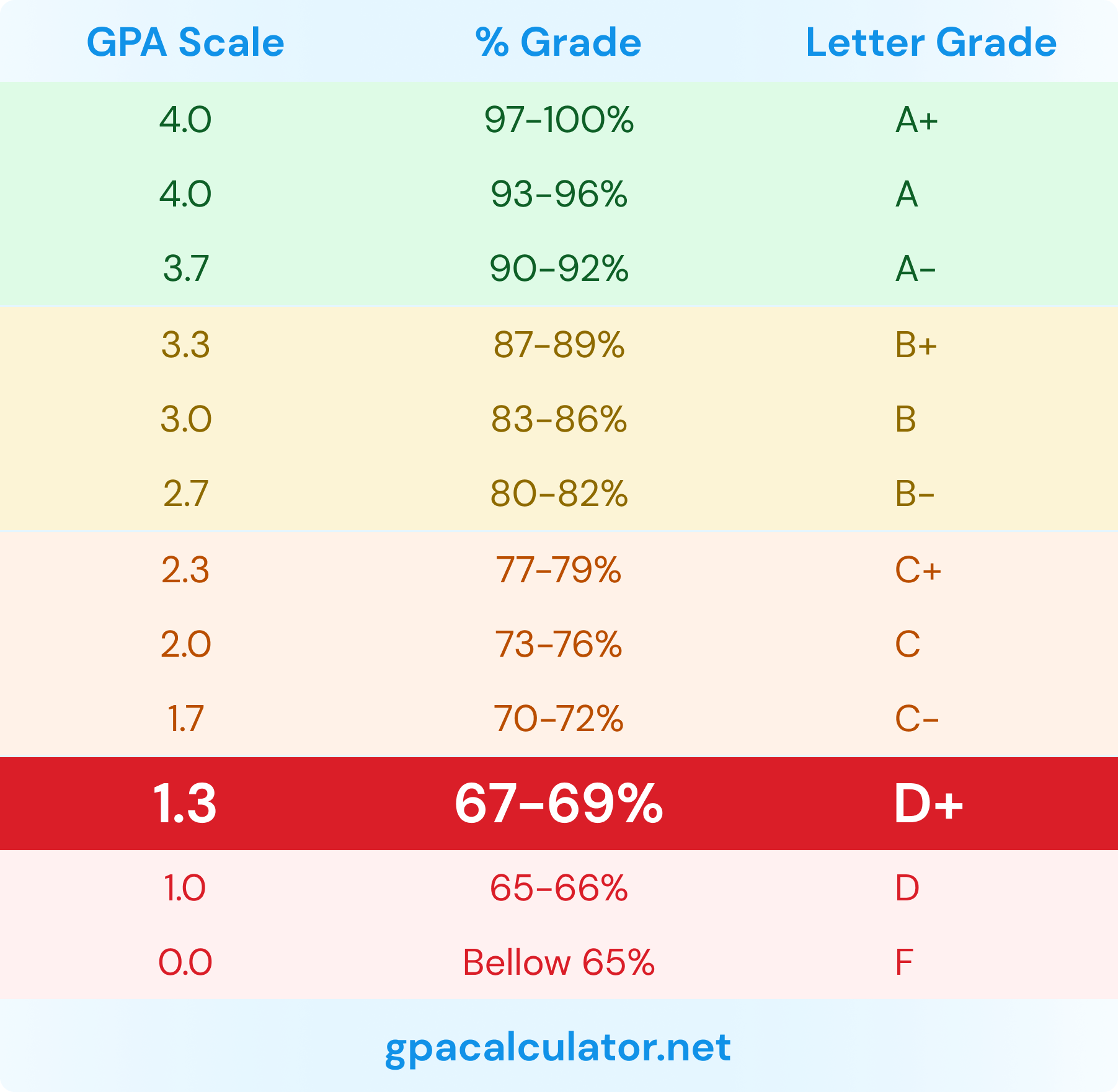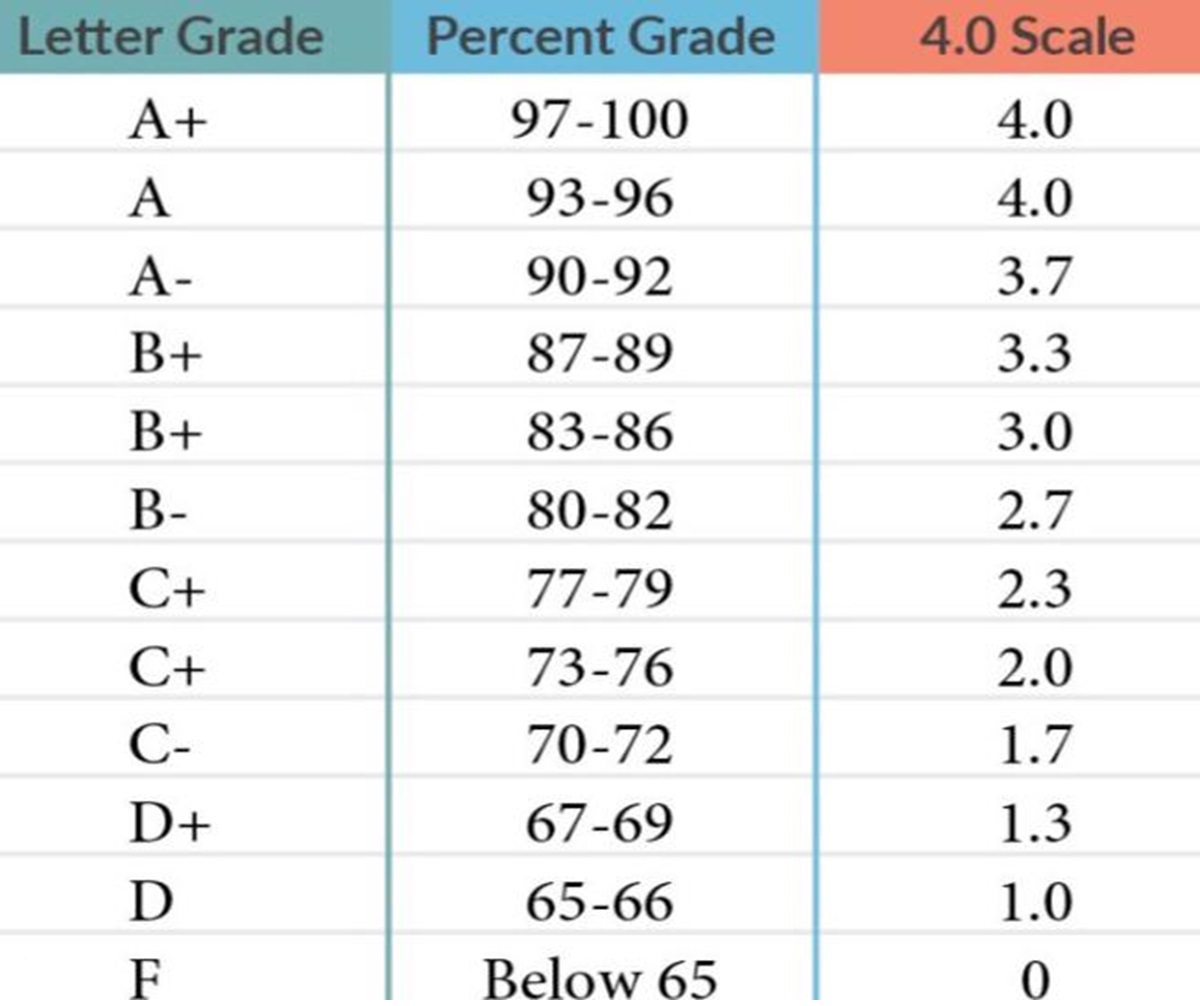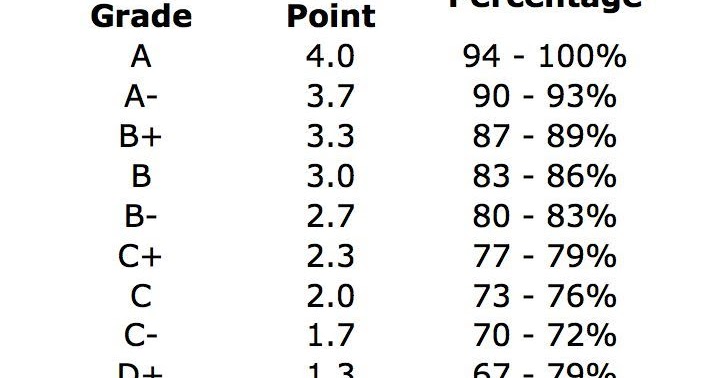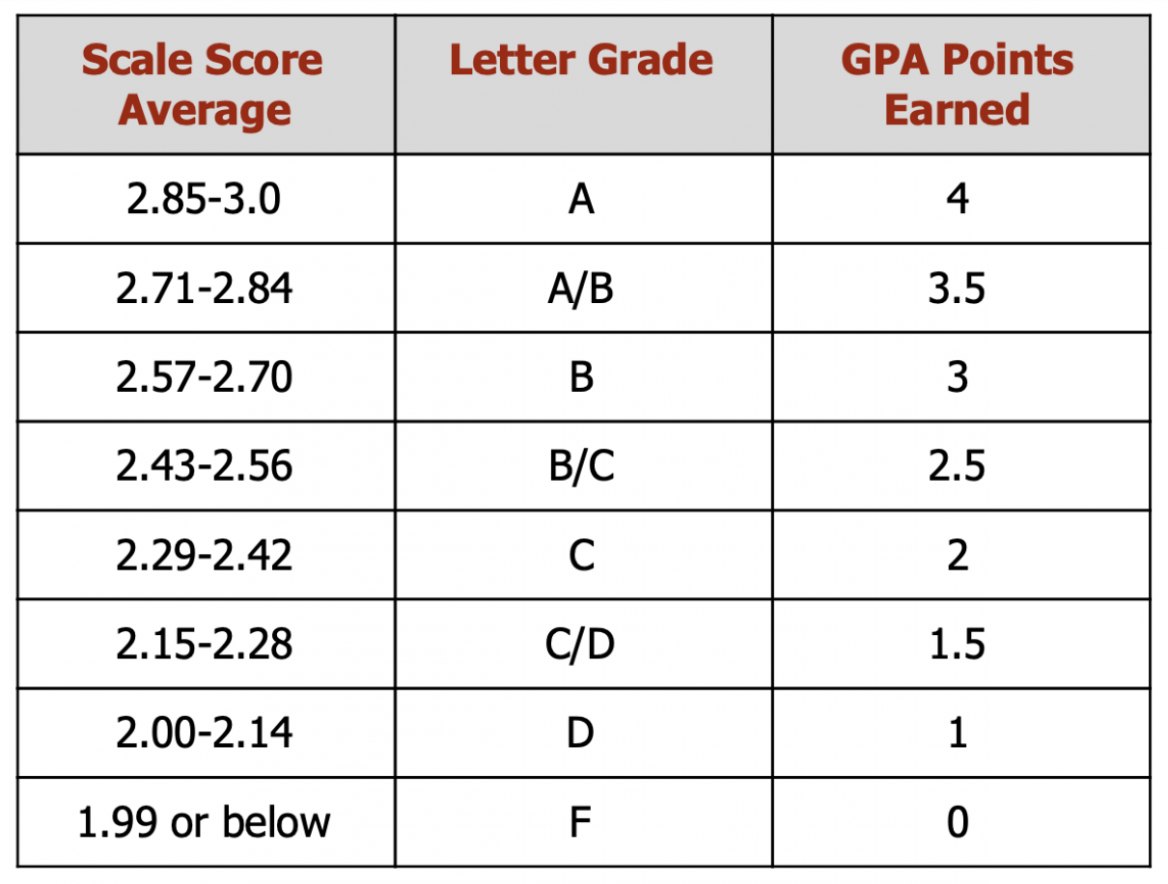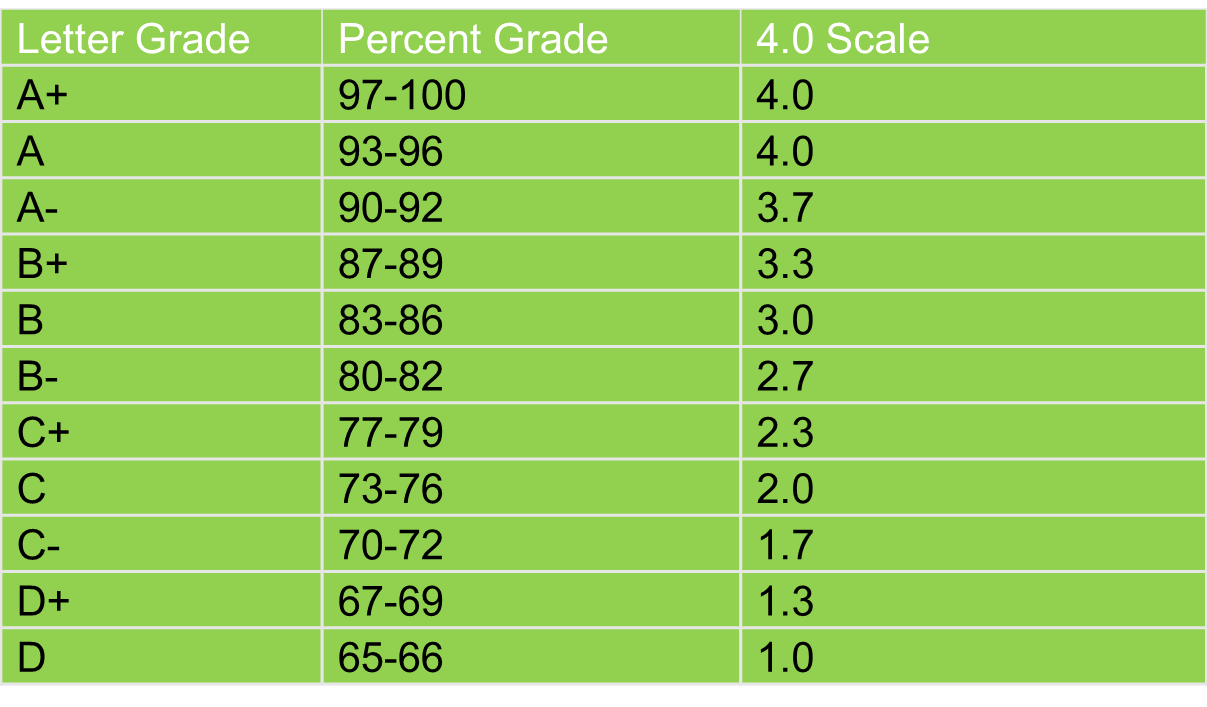What Is 10 Out Of 14 As A Grade
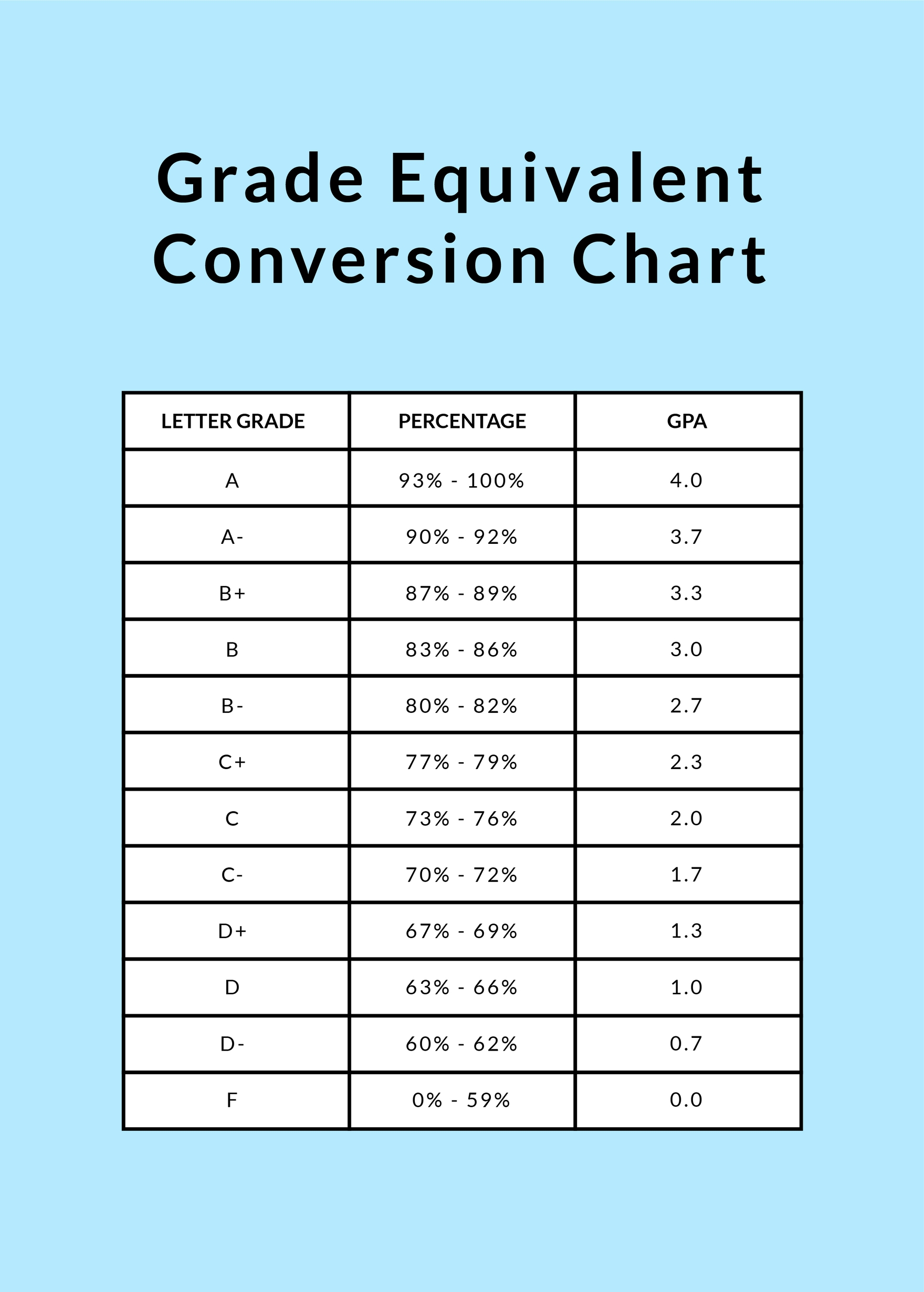
Navigating the complexities of grading systems can be a daunting task for students, parents, and educators alike. The seemingly simple question of "What is 10 out of 14 as a grade?" unveils a labyrinth of interpretations and contextual dependencies. This deceptively straightforward calculation can translate into a variety of letter grades and percentages, depending on the specific grading scale employed.
At its core, understanding 10/14 requires acknowledging that it represents approximately 71.4%. However, the significance of this percentage varies dramatically based on the educational institution, the subject matter, and even the individual teacher's grading philosophy. The final letter grade could range from a solid C to a B-, highlighting the critical need for transparency and a clear understanding of grading policies.
The Basic Calculation and Percentage
Calculating 10 out of 14 is a simple division problem: 10 divided by 14. This yields approximately 0.714. Multiplying this result by 100 converts it to a percentage: 71.4%.
Therefore, 10/14 equates to 71.4%. This number serves as the foundation, but the real interpretation hinges on the grading system in use.
Grading Scales: A Shifting Landscape
Grading scales are not universal; they differ across educational systems, institutions, and even individual classrooms. A 71.4% might be a C in one school, while in another, it could represent a B-.
Understanding the specific grading scale is essential. This scale typically outlines the percentage ranges corresponding to each letter grade.
Common Grading Scale Examples
One widely used grading scale assigns letter grades as follows: A (90-100%), B (80-89%), C (70-79%), D (60-69%), and F (below 60%). Based on this scale, 71.4% would typically be a C.
However, some institutions use a more granular scale, including pluses and minuses. For instance, a B+ might be 87-89%, a B 83-86%, and a B- 80-82%. In this scenario, 71.4% would fall into the C+ or C range.
It's important to consult the specific course syllabus or institution's guidelines to determine the exact grading scale in use.
Context Matters: Beyond the Numbers
While the percentage provides a numerical representation of performance, context plays a crucial role in understanding the significance of 10/14. The difficulty of the assignment, the level of the course, and the teacher's grading philosophy can all influence the interpretation.
For example, 10/14 on a very challenging exam in an advanced course might be viewed more favorably than 10/14 on a simple quiz in an introductory class. Teacher feedback and class participation can also play a significant role in a student's overall grade.
The Role of Standards-Based Grading
Some educational institutions are moving toward standards-based grading, which focuses on assessing a student's mastery of specific learning objectives. In this system, a score of 10/14 might be interpreted based on the number of standards the student has met.
If 14 standards were assessed and the student met 10 of them, the grade might reflect partial mastery. Further assessment would be needed to determine whether the student has fully met the required standards.
Transparency and Communication
The lack of a universally accepted grading scale highlights the importance of transparency and clear communication between educators, students, and parents. Schools and teachers should explicitly outline their grading policies, including the weighting of different assignments and the criteria for assigning letter grades.
Students and parents should actively seek clarification on any aspects of the grading system that are unclear. Open communication can help ensure that everyone is on the same page and that grades accurately reflect student learning.
"Grading should be a reflection of what students know and are able to do," says Dr. Anya Kamenetz, an education journalist and author. "Clear and consistent grading policies are essential for ensuring fairness and promoting student success."
The Impact of Grading on Student Motivation
Grades can have a significant impact on student motivation and self-esteem. A grade of 10/14, depending on its interpretation, could either encourage or discourage a student.
If the grade is seen as a fair reflection of effort and understanding, it can motivate the student to continue learning. However, if the grade feels arbitrary or unfair, it can lead to demotivation and disengagement.
Moving Forward: Rethinking Grading Practices
The ongoing debate about grading practices reflects a broader discussion about the purpose of education and the best ways to measure student learning. Some educators advocate for alternative assessment methods, such as portfolios and project-based learning, which provide a more holistic view of student abilities.
Rethinking grading requires a commitment to fairness, transparency, and a focus on student growth. By clearly defining learning objectives and providing meaningful feedback, educators can create a grading system that supports student success.
Conclusion
Ultimately, determining the letter grade equivalent of 10 out of 14 requires careful consideration of the specific grading scale in use. While the numerical percentage of 71.4% provides a starting point, the context, the institution's policies, and the teacher's approach are all critical factors.
By promoting transparency and open communication, educators can ensure that grades accurately reflect student learning and support their ongoing academic development. Understanding the nuances of grading systems empowers students and parents to navigate the educational landscape with greater confidence and clarity.


